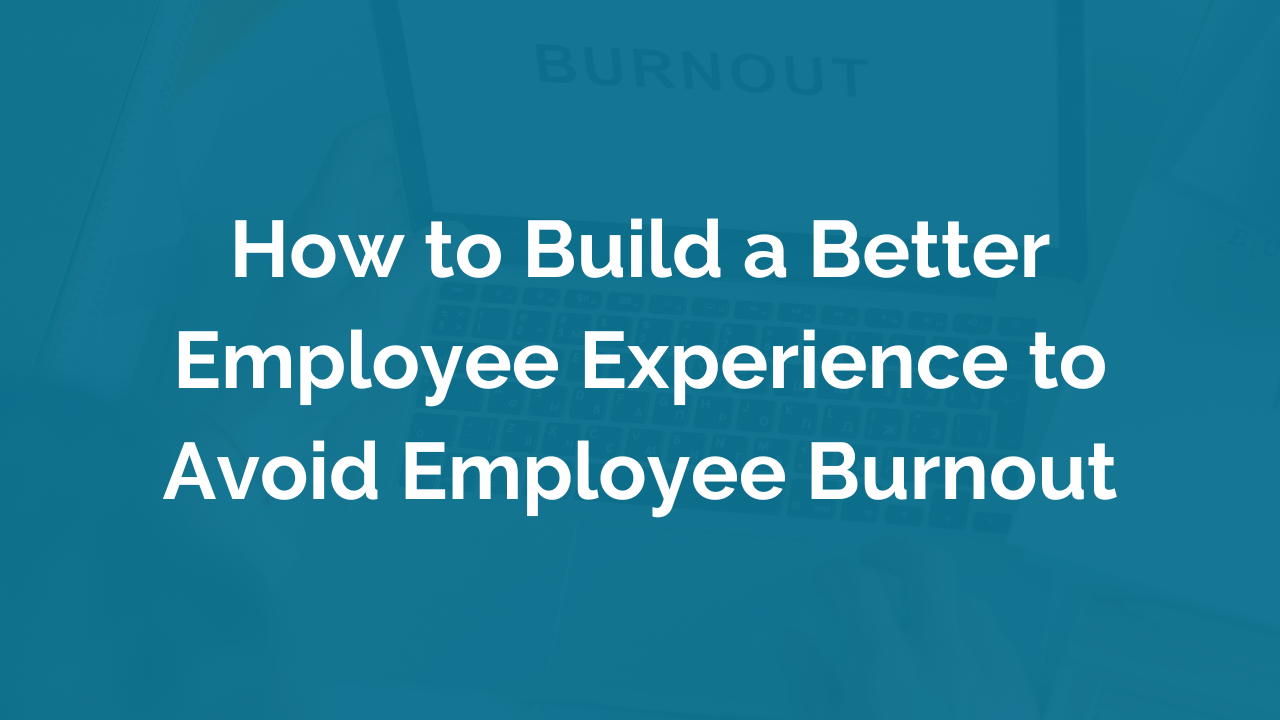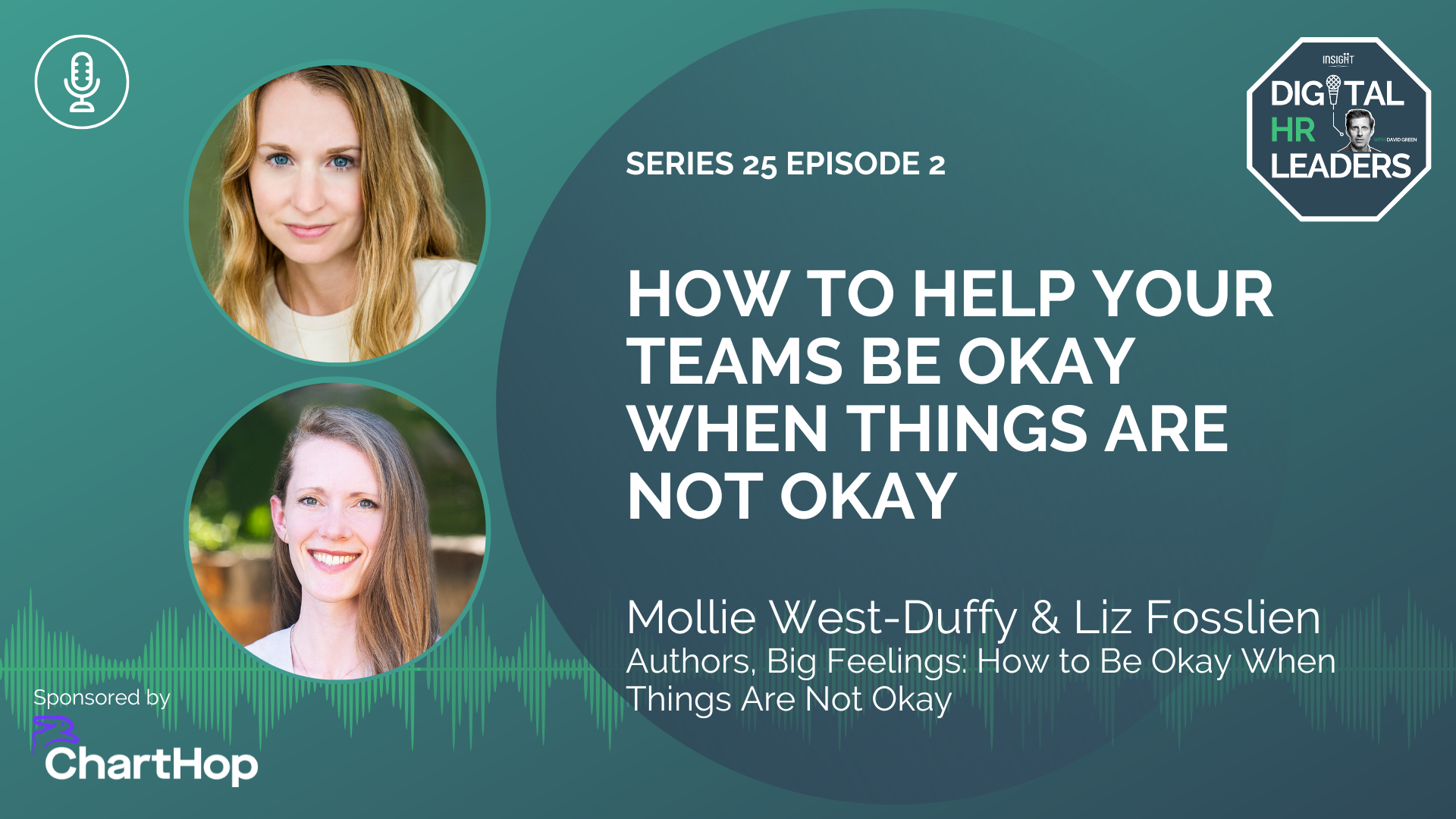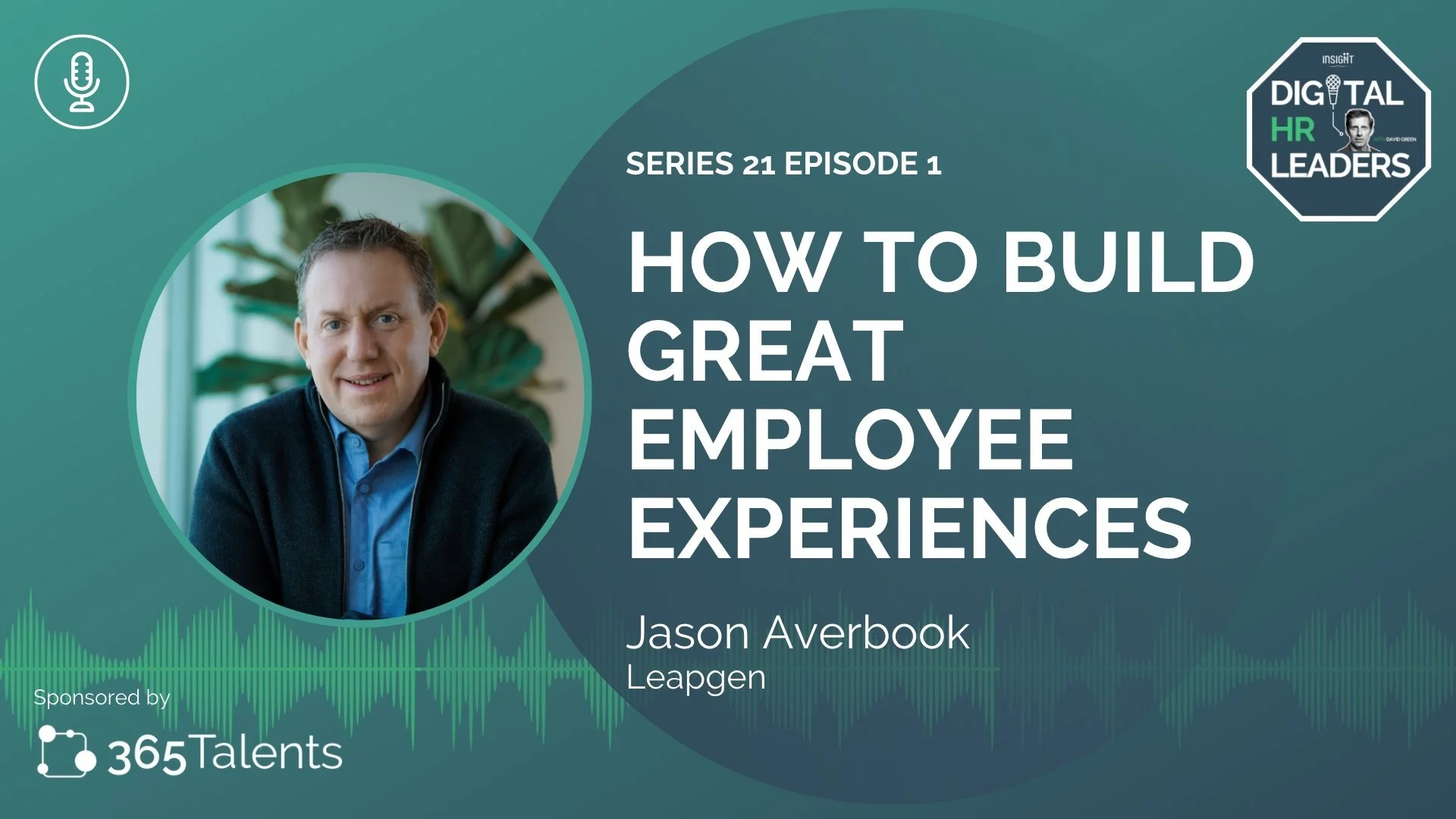How to Build a Better Employee Experience to Avoid Employee Burnout
Employee burnout is a major issue within HR and business and its impact continues to grow. On average, 76% of employees report a feeling of work stress and burnout at some time during their employment. Employee burnout costs companies billions annually due to high turnover rates and health care costs. When an employee experiences burnout, companies suffer. That's why taking measures to prevent employee burnout through creating a positive employee experience is not only a smart step but is a strategic step that data can back.
How to Know That Your Employees Are Suffering From Burnout
Employees may not always say they are suffering from burnout. On many occasions, it is up to line managers and HR teams to keep a diligent eye out for the signs of burnout and communicate what those signs are, including:
Decline in Performance
A decline in performance is when an employee who once reached all KPIs set out for them is now not reaching those goals or productivity standards.
Disengagement
Disengagement is when employees show a lack of participation in company meetings and events or will show a lack of caring about the company's purpose and mission statement. As our recent guest on the Digital HR Leaders podcast, Liz Fosslien stated in reference to the early signs of burnout:
So, in seeing it in other people, I think the biggest one is just disengagement. So, it's very easy to assume that someone maybe is just becoming lazy, or they're not interested in the work, and that's actually, as we talked about earlier, a clear sign of burnout, especially if they used to be really motivated and a high performer, so starting a conversation around that and seeing how you can offer them better support.
Isolation and Irritability With Other Associates
This shows as the employee withdraws from themselves or starts to have conflicts with other employees.
Higher Sensitivity to Feedback
High sensitivity to feedback comes when these employees receive criticism and are more defensive and argumentative.
Physical and Mental Symptoms
Physical and mental symptoms are caused by lack of sleep, exhaustion, lack of appetite and countless other side effects that, in time, are outwardly noticeable in employee appearance and mannerisms.
Increased Absenteeism
Increased absenteeism follows when employees suffer from burnout's long-term physical and mental side effects. The next thing they turn to for relief is to stay away from work. On average, up to 60% of absenteeism is due to stress at work.
Once these signs are observed, it is essential not to ignore them. Take action immediately.
How Positive Employee Experience Prevents Employee Burnout
Looking at the overall employee experience can assist with countering employee burnout before it becomes a problem. Employee experience is the employee lifecycle from the day they apply to a job opening to the final days of their employment and everything in between that time. This, in turn, leaves a large window of opportunities for the business to make improvements with:
Company culture (core values)
Work distribution
Support of employees
Communication processes
Leadership performance
Tools available to perform the job
Training process & strategy
Employees with a positive workplace culture experience are more likely to be productive and engaged, more loyal and less likely to suffer from burnout. This is largely because positive EX gives employees:
The feeling of support that their needs are being met.
A sense of phycological safety and security that they can speak up openly.
Excitement for the potential of career development and learning opportunities.
How to Build a Better Employee Experience
It is important to note that the employee experience is about how the employee perceives or feels about their time with the company and not determined by the business leaders or HR team working to create the background.
Change Mindset
The first action for CHROs, HRBPs and business leaders is to change the mindset about employee experience. It can be easy to think of the employees as a resource and approach employee management this way. But that can leave room for missteps. By understanding that, like customers, if employees are not happy with their experience, they can and will go elsewhere.
Shifting the mindset to thinking of employees like customers and understanding them as individuals with purpose and a way they want to work improves how employee experience can be designed and provide solutions that meet their needs while eliminating stress.
Listen to Employees
To understand and build an employee experience that is positive for employees, HR teams can make assumptions about what they believe employees would want. They can also actively implement employee listening that delivers real employee feedback. This helps to foster a much more open and reactive work environment.
Some key tactics here are to go where employees are instead of having them chase after an email that asks for input. Making the process easy by implementing technology that streamlines the process in employees' day-to-day gives CHRO and people analytic teams more real-time understanding.
The best means for gathering pertinent information is through:
Platforms - where employees can make suggestions and offer insight
Surveys - that ask employees specific questions to reach the root causes of particular issues
Stay interviews - that explore why employees remain with a company
Exit interviews - that inquire about the reasons behind an employee is leaving the organisation
By developing employee listening programs that are open to honestly inquiring about what employees need and what truthfully builds on their stress with the potential of creating burnout, HR professionals can get to the heart of the problem and develop best practices to counter issues before they arise.
Act on Employee Feedback
Trust can be easily lost if no action comes from employees answering surveys or giving feedback. Once companies learn what employees need to have a positive EX with the organisation, decision-makers need to act quickly and adjust as continued feedback becomes available. Some programs employees may ask for that improve on the EX and assist with burnout prevention are:
Wellbeing programs
Career growth opportunities
Employee recognition
Improved onboarding
Create Improved Communication
Communication is vital when building relationships. Again, just as a customer would view a lack of transparency as a reason for concern, so will employees if they are not kept informed of company goals, company values, or changes in company policies. For any effort to improve the employee experience, it is essential to keep all stakeholders in the know.
Become a Data-Driven HR
For EX to effectively fight against employee burnout, it is essential to analyse information collected from employee listening, comprehend employees' needs, and measure results. This data gives insight into the root causes of employee burnout and reveals what processes need to be changed and which are currently working for employees.
To become data-driven, HR professionals want to be business-focused and experience-led and develop HR data skills that concentrate on three factors.
Data Analysis
Data analysis involves the knowledge of what information is vital to collect and the best means for collecting that information for interpreting what is seen as business challenges and solutions.
Analytical Thinking
Once the correct data is in hand, it can be evaluated to determine the root causes of a problem and a plausible solution.
Workforce Planning
Workforce planning is the action taken after data has been collected and analysed. From here, the HR professional would take their findings and make vital decisions on how employee burnout can be improved within the organisation.
Employee Experience Requires Employee Feedback
From the data, it may become apparent that what employees want from their employee experience may differ from what was assumed. Companies see more profits by listening to employees early and creating programs that create a more positive EX. They are more competitive in today's tight labour market, largely from avoidance of employee stress and burnout.
Upskill your HR Team today!
We help organisations reinvent learning. Our learning programs support your HR Business Partners to build the skills they need to effectively use analytics in HR to have data driven conversations with the business that drive actionable outcomes. The Data Driven HR Fundamentals certification is a collection of 6 on-demand, video based training courses that can be completed within a 12 month period, at their own pace. This certification program is designed to support your team build their skills in analytical thinking, data analytics and storytelling. By completing this learning program your HR team will learn how to better interpret HR data and be confident in having data driven conversations with the business, that drive actionable outcomes.






